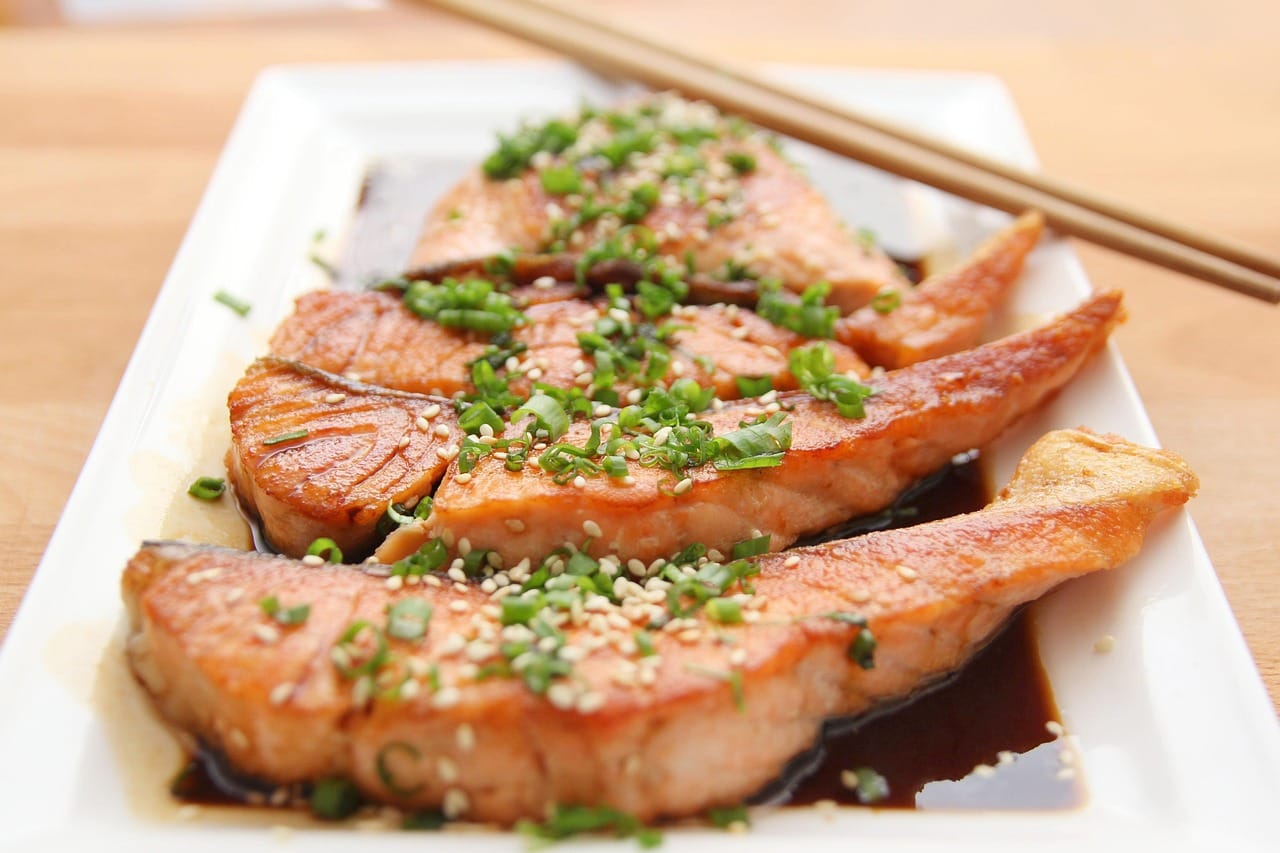Banana bread. That humble loaf, often born from the noble effort to rescue overripe bananas from a sad, brown fate. It’s more than just a recipe; it’s a comforting hug in baked form, a warm, welcoming aroma that fills the kitchen, and a delightful treat any time of day. But beyond its simplicity lies a world of variations, tips, and tricks that can elevate your banana bread from good to unforgettable. Let’s delve into the delicious details of making the perfect banana bread.
The Magic of Bananas: Key to the Perfect Loaf
The Importance of Overripe Bananas
The cornerstone of incredible banana bread is, unsurprisingly, the bananas themselves. But not just any bananas – we’re talking about those speckled, almost-black beauties that might seem past their prime. These are the perfect candidates for banana bread, and here’s why:
- Increased Sweetness: As bananas ripen, their starches break down into sugars, resulting in a much sweeter and more flavorful bread.
- Enhanced Moisture: Overripe bananas are softer and more easily mashed, contributing to a moister and more tender crumb.
- Intense Banana Flavor: The riper the banana, the more pronounced and delicious the banana flavor will be in your bread.
Practical Example: If your bananas aren’t quite ripe enough, you can speed up the process by placing them in a paper bag with an apple or a few ripe bananas. The ethylene gas released by these fruits will accelerate ripening.
How Many Bananas Do You Need?
A standard loaf of banana bread typically requires 3-4 medium-sized bananas. However, the exact amount can vary depending on the recipe and the size of your bananas. Generally, aim for about 1 ½ to 2 cups of mashed bananas.
Actionable Takeaway: Too many bananas can make your bread dense and soggy, while too few can result in a dry, bland loaf. Stick to the recommended amount in your recipe.
The Essential Ingredients: Building Blocks of Flavor
Flour Power: Choosing the Right Type
The type of flour you use significantly impacts the texture of your banana bread. Here’s a breakdown:
- All-Purpose Flour: This is the most common and readily available option. It provides a good balance of structure and tenderness.
- Whole Wheat Flour: Adds a nutty flavor and a slightly denser texture. You can substitute up to half of the all-purpose flour with whole wheat for a healthier option.
- Cake Flour: For an incredibly tender and delicate crumb, consider using cake flour.
Practical Example: If you’re using whole wheat flour, consider adding a tablespoon or two of extra liquid to compensate for its higher absorbency.
Sweetness and Spice: Enhancing the Flavor Profile
While bananas contribute natural sweetness, other ingredients can elevate the overall flavor:
- Sugar: Granulated sugar provides sweetness and structure. Brown sugar adds a molasses-like flavor and contributes to a moist texture.
- Spices: Cinnamon, nutmeg, and cloves are classic additions that complement the banana flavor beautifully.
- Vanilla Extract: A touch of vanilla extract enhances the overall sweetness and aroma of the bread.
Actionable Takeaway: Experiment with different combinations of sugars and spices to create your own signature banana bread flavor.
The Baking Process: Techniques for Success
Mixing Methods: Achieving the Perfect Texture
The way you mix your ingredients plays a crucial role in the final texture of your banana bread. Overmixing can develop gluten, resulting in a tough, chewy loaf. Here are a few mixing tips:
- Creaming Butter and Sugar: Properly creaming the butter and sugar is essential for creating a light and airy texture. Beat them together until light and fluffy.
- Gently Folding in Dry Ingredients: Add the dry ingredients to the wet ingredients gradually and mix until just combined. Avoid overmixing.
Baking Time and Temperature: The Golden Rule
The ideal baking temperature for banana bread is typically between 325°F (160°C) and 350°F (175°C). Baking at a lower temperature allows the bread to cook more evenly and prevents the edges from browning too quickly. Baking time will vary depending on your oven and the size of your loaf pan, but typically ranges from 50 to 75 minutes.
Practical Example: To check for doneness, insert a toothpick into the center of the bread. If it comes out clean or with a few moist crumbs attached, the bread is ready.
Actionable Takeaway: If the top of your bread is browning too quickly, tent it loosely with aluminum foil to prevent burning.
Variations and Add-Ins: Personalizing Your Loaf
Nutty Goodness: Adding Nuts and Seeds
Adding nuts or seeds to your banana bread can enhance its texture and flavor. Walnuts, pecans, and almonds are popular choices. Sunflower seeds and pumpkin seeds are also great options for added crunch and nutrition.
Practical Example: Toast the nuts before adding them to the batter to enhance their flavor.
Chocolate Chips: A Classic Addition
Chocolate chips and banana bread are a match made in heaven. Add semi-sweet, milk chocolate, or dark chocolate chips for a decadent treat.
Actionable Takeaway: Use mini chocolate chips for even distribution throughout the bread.
Other Delicious Add-Ins
- Dried Fruits: Raisins, cranberries, or chopped dates add sweetness and chewiness.
- Coconut Flakes: Toasted coconut flakes add a tropical twist.
- Spices: A pinch of cardamom or ginger can add warmth and complexity.
Conclusion
Banana bread is a testament to the fact that simple ingredients, combined with a little care and attention, can create something truly special. By understanding the nuances of banana ripeness, ingredient selection, and baking techniques, you can consistently bake loaves that are moist, flavorful, and utterly irresistible. So, grab those overripe bananas, preheat your oven, and embark on your own banana bread baking adventure. The aroma alone will make it worthwhile.




